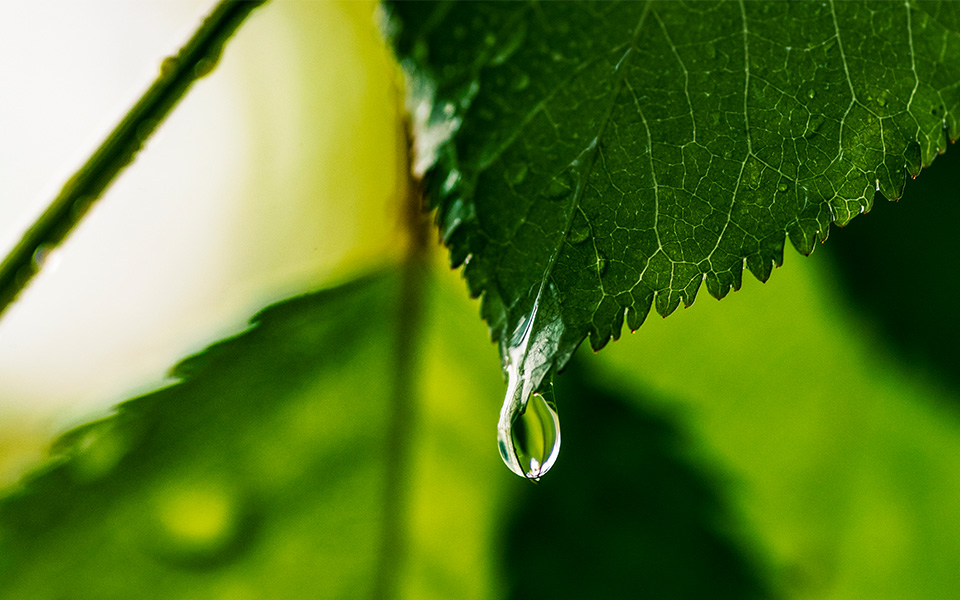*On June 1, 2023 Emerson’s Climate Technologies business became a new standalone company – Copeland. Though our name has changed, we are building on more than a century of HVACR innovation and industry leadership, and Copeland continues to offer the same products, industry stewardship, and learning opportunities you’ve grown to trust. Information found on this webpage posted before June 1, 2023 may contain our old name or branding, but you can be at ease knowing it was created with the knowledge and expertise of Copeland.
Adoption of CO2 refrigeration system technologies is increasing rapidly in North America. Over the past several years, original equipment manufacturers (OEMs) have introduced new technologies and design optimization strategies to improve the energy efficiency of CO2 transcritical booster (TCB) systems — particularly in warmer climates. Copeland recently commissioned a third-party research report that evaluates these design strategies in 13 climate zones found throughout North and Latin Americas. The results shed light on which design optimization strategies are most efficient in each climate zone.

Improving the energy efficiency of CO2 TCB systems in warmer climates has long been a goal of CO2 commercial refrigeration OEMs. As CO2 system technologies have evolved, OEMs have engineered a variety of optimization techniques to address warm weather efficiency challenges. The goal of the CO2 climate study was to evaluate the relative energy efficiency improvements of these emerging technologies in representative cities in which CO2 TCB systems could potentially be installed.
CO2 TCB systems are known to transition from a subcritical mode of operation to transcritical (or supercritical) mode as ambient temperatures rise. Since transcritical mode consumes more energy than subcritical mode, system design optimization strategies are aimed at alleviating the impacts of high ambient temperatures.
Research parameters and methodologies
Led by research partner and independent consulting firm Future Green Now (FGN), the CO2 Climate Study details the impacts of climate on the following CO2 TCB optimization strategies designed to mitigate the impacts of high ambient temperatures:
- Adiabatic (i.e., water-cooled) gas cooler
- Parallel compression
- A combination of adiabatic plus parallel compression
- Parallel compression plus high pressure gas ejectors— with both dry and adiabatic gas coolers
Note a base CO2 TCB system — one with no design optimization strategies applied — served as a relative baseline for energy efficiency comparisons.
Climate data was based on annual temperature and humidity modeling from leading regional and global weather authorities, including NREL TMY3 data, ASHRAE climate zone designations (dry-bulb temperatures) and IECC data (including relative humidity). By combining these climate data sets, the CO2 Climate Study compared the relative performance of CO2 design optimization strategies in 13 climate zones.
Climate BIN data was sampled from NREL for 166 U.S. cities, seven Canadian cities and 10 Latin American cities. Maximum temperatures ranged from 88 to 103 °F — which combined with relative humidity levels — are key considerations for determining the total annual hours in which a CO2 TCB system operated in transcritical (or supercritical) and subcritical modes.
Sample results reveal key insights
The CO2 Climate study illustrates the importance of considering each individual location’s annual minimum/maximum temperatures, relative humidity and the number of hours a system can be expected to operate in a transcritical mode. For example, in the state of California — where five distinct climate zones and 10 representative strategic cities were sampled — the most efficient design optimization strategy from an annualized basis would differ between Los Angeles (hot-dry) and San Francisco (marine).
Most refrigeration experts and industry stakeholders have debated whether adiabatic gas cooler or parallel compression was the most efficient high-ambient mitigation strategy in CO2 TCB systems. However, our data revealed that in climates where the annual relative humidity was less than 30 percent, adiabatic gas cooler delivered the highest annual energy savings. Simply put, adiabatic seems more well-suited for dry climates while parallel compression performs better in more humid regions.
By comparing the performance of CO2 TCB design optimization strategies in 183 representative cities throughout the Americas, the study gives stakeholders the information they need to select a system architecture that achieves their efficiency and sustainability goals in each installation.
Due to the many nuances and potential complexities of interpreting its data, the full details of the CO2 Climate Study are available only on request. To learn more about which design optimization strategy provides the greatest energy benefits in your region, with your Copeland representative.

Facility Health Score Insights Program Transforms Enterprise Maintenance
Leveraging refrigeration performance data drives food retail cost reductions. Maintaining proper...

8 proven strategies for rigorous cold chain management
Preparing for the approval and safe use of A2Ls in commercial refrigeration applications...
Protection for high-value shipments just got even better
We’re excited to announce the release of Copeland’s newest real-time tracker, the GO Real-Time...
